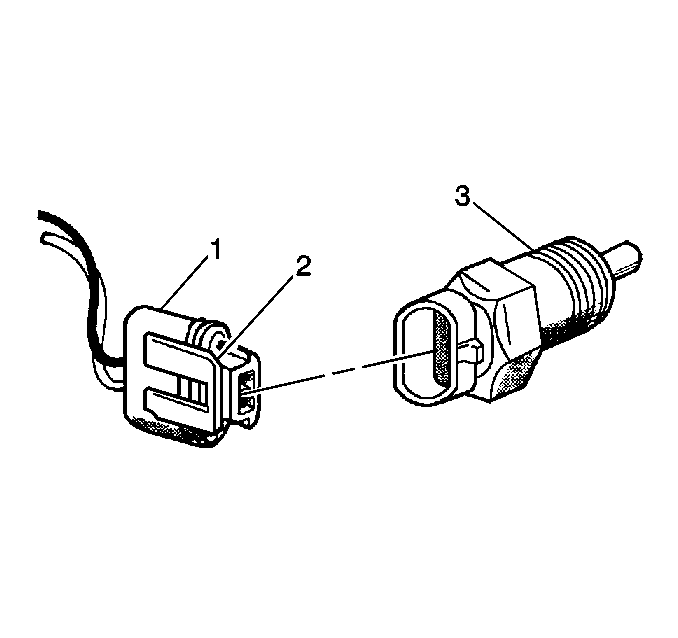The
Engine Coolant Temperature (ECT) sensor
is a thermistor (a resistor which changes the value based on the temperature)
mounted in the engine coolant stream. Low coolant temperature produces a high
resistance (100,000 ohms at -40°C/-40°F) while
a high temperature causes a low resistance (70 ohms at 130°C/266°F).
The ECM supplies a 5 volt signal to the ECT sensor through a
resistor in the ECM and measures the voltage. The voltage will be high when
the engine is cold, and low when the engine is hot. By measuring the voltage,
the ECM knows the engine coolant temperature. The engine coolant temperature
affects most systems the ECM controls.

